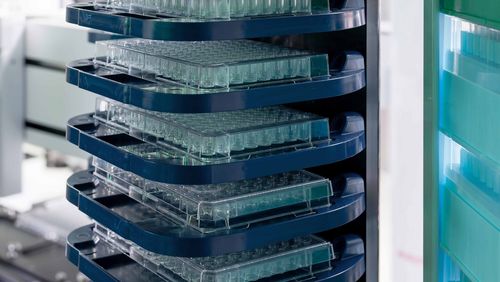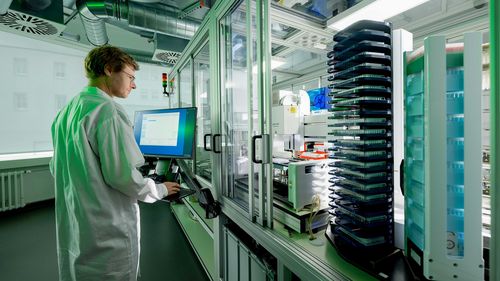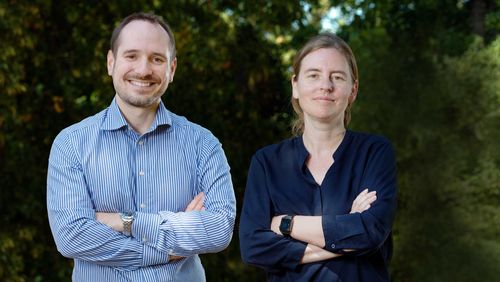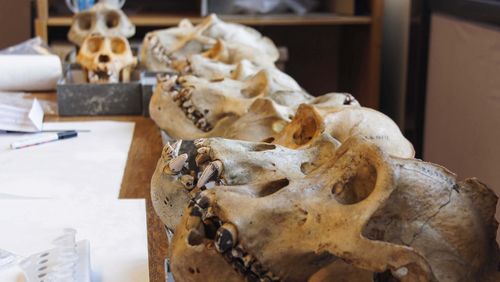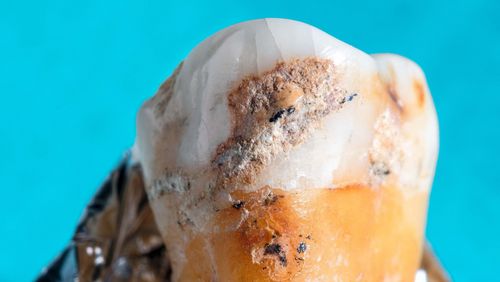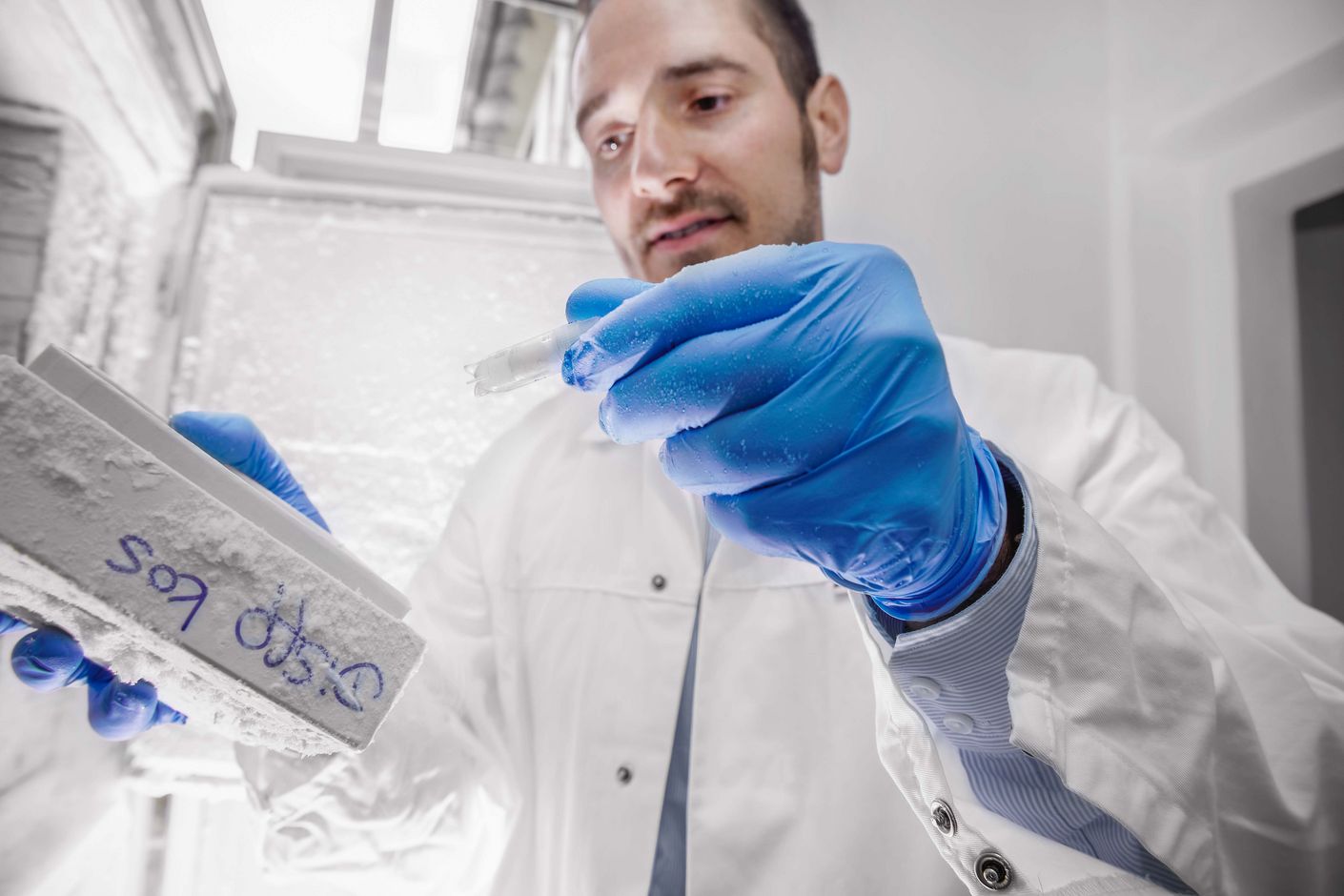
The microbe whisperer
Chemist and biotechnologist Pierre Stallforth wants to better understand how microbes interact with their environment. He also believes that using research findings for the benefit of humanity is a logical course of action—a philosophy that runs in the family.
Although it sounds like a cliché, it is true: as a boy, Pierre Stallforth had a chemistry set and was certain that he would one day study chemistry. Stallforth’s ambition was in no small part inspired by his childhood experiences in his father’s surgery in Augsburg, Germany, where he would experiment with test tubes in the lab. Unlike many other chemistry-set fans, however, Pierre Stallforth pursued his dream and went on to study chemistry at Oxford University. During his doctoral studies at ETH Zurich, he then focused on developing a vaccine without proteins, a property that would keep the drug stable in high temperatures and thus have great advantages in countries where guaranteeing refrigerated transportation of medicines is difficult. His work was successful and his approach to developing a novel vaccine is now being pursued at a biotechnology company.

Communicative microbes
Pierre Stallforth is especially interested in uniting basic research with real-world applications. Following his postdoctoral training at Harvard Medical School in Boston, he returned to Germany in 2013 and began his position as group leader at the Leibniz Institute for Natural Product Research and Infection Biology in Jena. His specialisation is the complex interplay between microorganisms: how they communicate and cooperate with each other, and how they fight one another. Stallforth’s research group has already demonstrated that natural products having antibiotic properties play a key role in fending off enemies and rivals. Pierre Stallforth enjoys exploring new paths, and where other research groups limit their focus to single agents, he wants to understand how multiple substances interact with and within their environments. This is how he recently discovered a new combination of active agents for use against certain multiresistant germs; the combination is based on two antibiotic natural products—produced by the same bacterium—whose effectiveness increases markedly when linked. The new strategy is currently undergoing further testing at the Leibniz Institute.
New field of research
Stallforth is also pursuing unconventional goals in Project Palaeobiotechnology, which has been awarded a 10-year grant from the Werner Siemens Foundation, starting in 2020. The time and place for his new endeavour is ideal: technological capabilities have advanced rapidly, and he has found broad interdisciplinary expertise in Jena for the project he launched with Christina Warinner. “It was a happy stroke of fortune that I met Christina Warinner two years ago when we were working in a research cluster on microorganisms,” Stallforth says. Their different perspectives on the same questions—how to better understand the function of genes in bacteria and how to use the variety of the natural products in ancient bacteria to produce new antibiotic medicines—are an ideal combination. After meeting, Stallforth and Warinner began work on their first joint project: analysing the DNA of a mediaeval skeleton. For Stallforth, the 10-year grant from the Werner Siemens Foundation is a unique opportunity: the collaboration with Warinner can continue in Jena and “thanks to the grant, we can establish the world’s first research unit in the new field of palaeobiotechnology”.
Text: Adrian Ritter
Photos: Felix Wey

